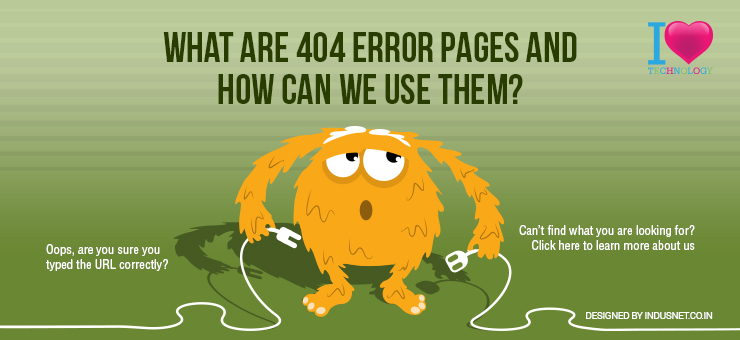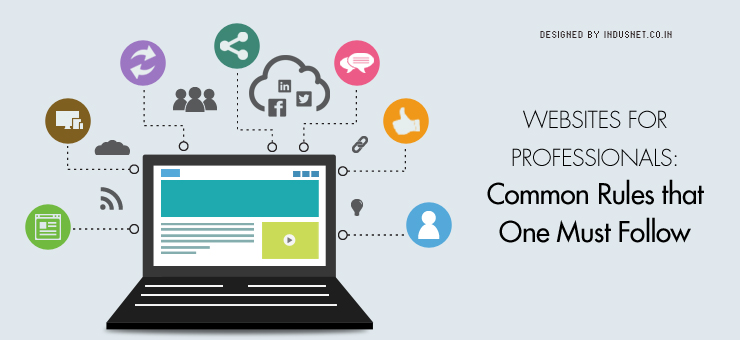
App Redesign Guide: Step-by-step process to dominate the market
A make-over is necessary for almost every aspect of our lives. Because it gives us a refreshing taste. So, why should we exclude apps? Redesigning apps is a bit easier than developing apps for the first time. According to a report, first impressions are design-related. So, you can approach a top-rated application development company to redesign your apps. As a result, it will improve your customer outreach. But if you are redesigning an app just for the sake of doing it, trust me, it will be of no use. You need to find out the goals of redesigning. For that, you need to introspect to decide in a better way. Here are a few examples: Are the recent trends showing that your app is somehow irrelevant? Are the clients unhappy with the app’s design? So, set some goals that will help you maximize your app merit. Based on that, consult an application development company to redesign your app. It will help you drive your business revenue. Step-By-Step Procedure For An App Redesign Understand Your Goals This is the place where you really want to begin. Whenever you have recognized the reasoning behind the change, you should continue to return to this explanation all through the update insight. Your whole plan group ought to comprehend the why and be focused on accomplishing this overall objective. Speak With Users To Gain Insight One of the most vital steps in the upgrade interaction is correspondence. At this stage, you know precisely what you need to achieve with your app redesign. Presently you need to convey the looming change to individuals who love and much of the time use your application. Whenever you impart this, you can seriously draw in your clients and realize what their likes and dislikes are. Assess Customer Reviews and Feedback As you evaluate customer reviews and feedback, you must share them with your group. To ensure everybody is in total agreement, have the exploration group present their discoveries to individuals who will really be carrying out the upgrade. This guarantees that the planning group is very much aware of the needs that have been set up by both the organization and the clients. Execute Changes To The Look and The User Experience A mobile app redesign must be inconspicuous. It should be purposeful, groundbreaking, and able to convey an enduring effect on both the business and the brand. When Instagram upgraded its application, it needed to roll out some genuine improvements. For example, Instagram launched a new feature that tries to shield users from nasty comments and direct messages. Impart and Test Your Redesign With Users Since you have made a couple of varieties of the redesign, it’s an ideal opportunity to get criticism from individuals outside the organization. Preferably, you will profit from a current client base. And you can use their criticism to acquire knowledge into which spaces of your application need further refinement. Screen Usage and User Response Upon Launch Following quite a while of examination, emphasis, plan, and advancement, it’s at long last an ideal opportunity to send-off. You need to guarantee that the rollout of this version of your application accompanies all the right correspondence endeavors, from PR to internet promoting. You will likewise need to share the story behind the upgrade soon after you distribute the better than ever application. When to Redesign Your Mobile App by an Application Development Company Ageing Plans In a competitive market, you really want to show improvement over your rivals. The primary Android and iOS applications and points of interaction were nothing similar to what they are today. The visuals, UIs, and functionalities have definitely changed. Subsequently, advancement is turning out to be more inventive at a fast speed. Backdated Technology Tech progressions, like AI, blockchain innovation, IoT, and ReactJS for web app development are evolving every day. Your product should have the option to rival the best available. So, stay aware of the advancement of the tech world to keep away from extravagance with predated products. Requires A Redesign When your consumers are leaving remarks on the App Store page for an upgrade, you should consider them. A ton of clients are all around informed and know precisely what they need out of the application. They typically leave definite surveys. You can follow that to design out the portable application update project. Getting Commitment Measurements Tools like Google Analytics, Mixpanel, and Heap permit you to perceive how clients connect with your product. Besides, you can see where your application is deficient. To get the best commitment measurements, you should update your application to be comparable to the rivals in the field. Change In Marking If you are rebranding your organization, you ought to consider a UX application update venture to show your clients how your item has advanced. While the interaction is intricate for an adjustment of the plan of action, rebranding will permit you to make changes to the UI and the microcopy. Advantages of Redesigning Your App by an Application Development Company Expanded Conversions If your new application configuration takes into account customers’ necessities without issue, they will utilize it more regularly. This lifts marketing projections. So, a decent encounter on the application is straightforwardly connected with pay measurements. Ensure that your product is fully compliant regarding the most recent enhancements in innovation to boost consumer loyalty. More individuals utilizing the application News travels quickly, especially now, when social media usage is skyrocketing. This is particularly when your application has fostered a cutting-edge and moving plan. At that point, there’s a decent possibility that individuals will quit utilizing the application eventually. Probably, the most striking examples of overcoming adversity in this regard are Instagram, Snapchat, and Reddit. Every one of them carried out creative changes to get more clients to give the application a shot. Progressed ease of use According to a Baymard Institute report, 69.80% of customers forsake carts because of perplexing checkout processes that incorporate helpless plans. A further developed UX








